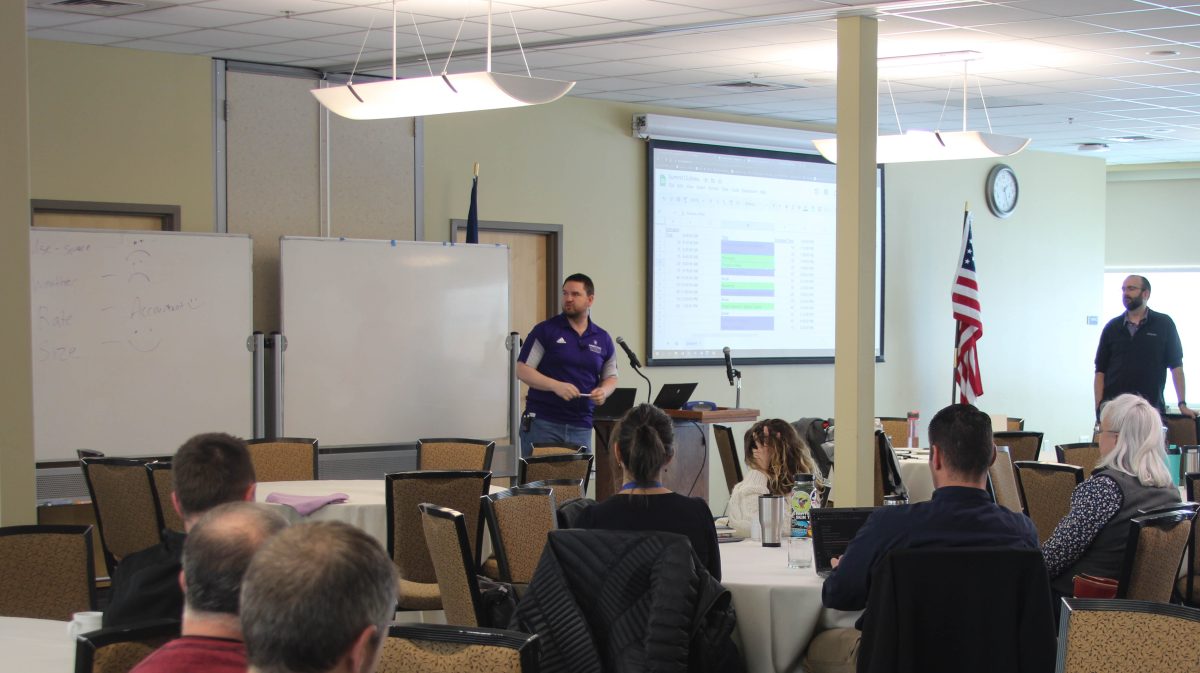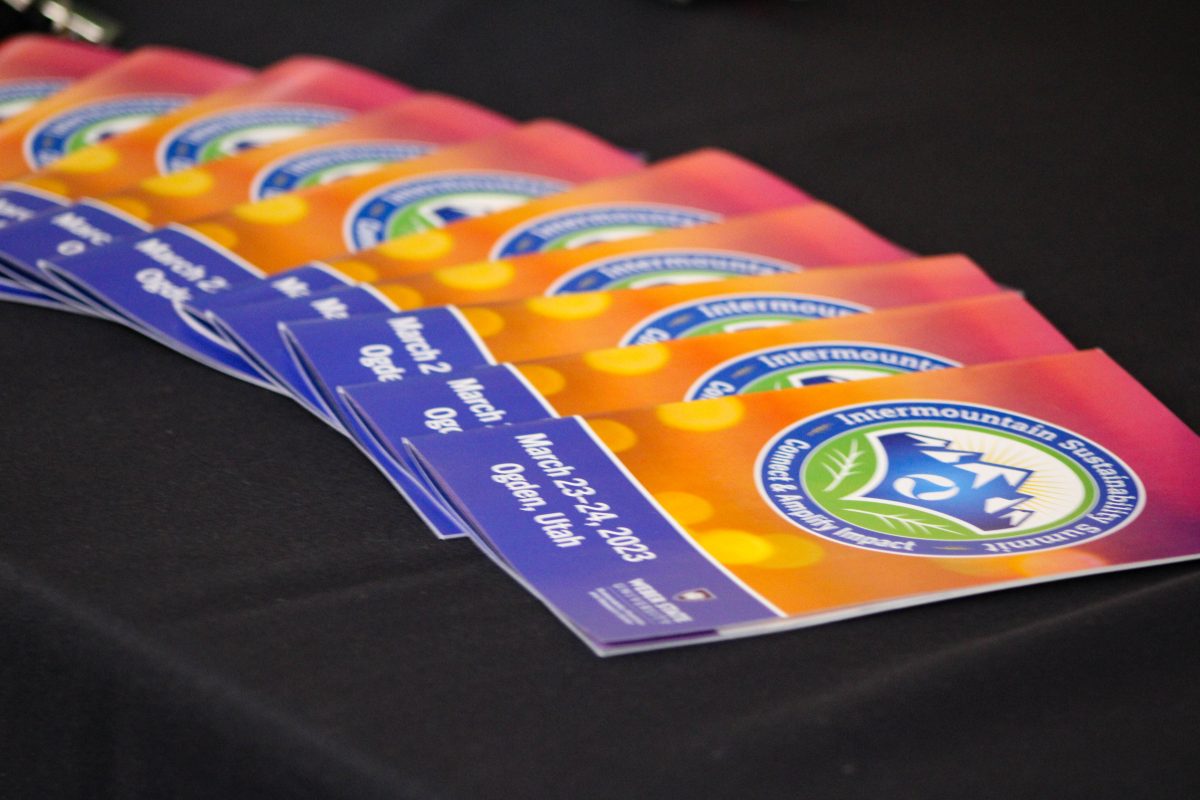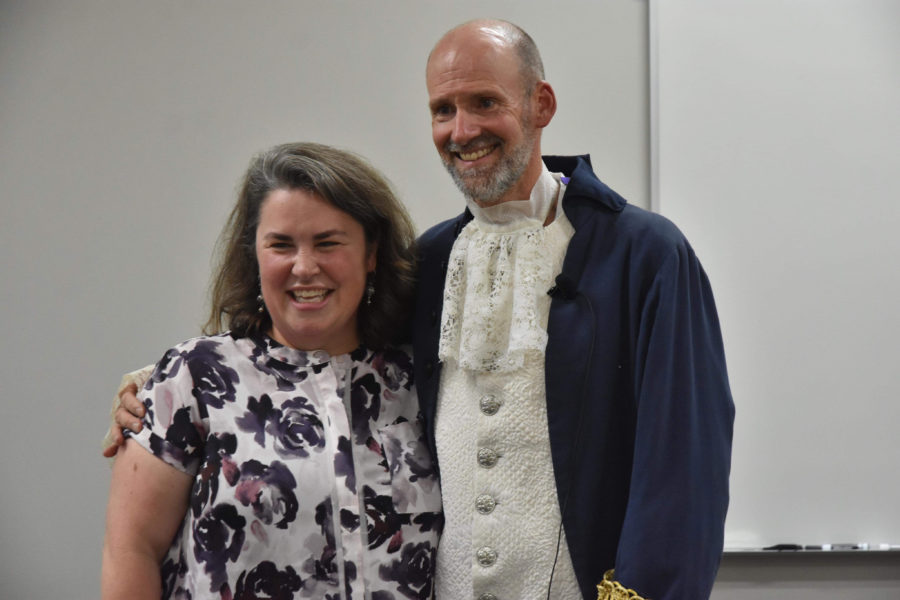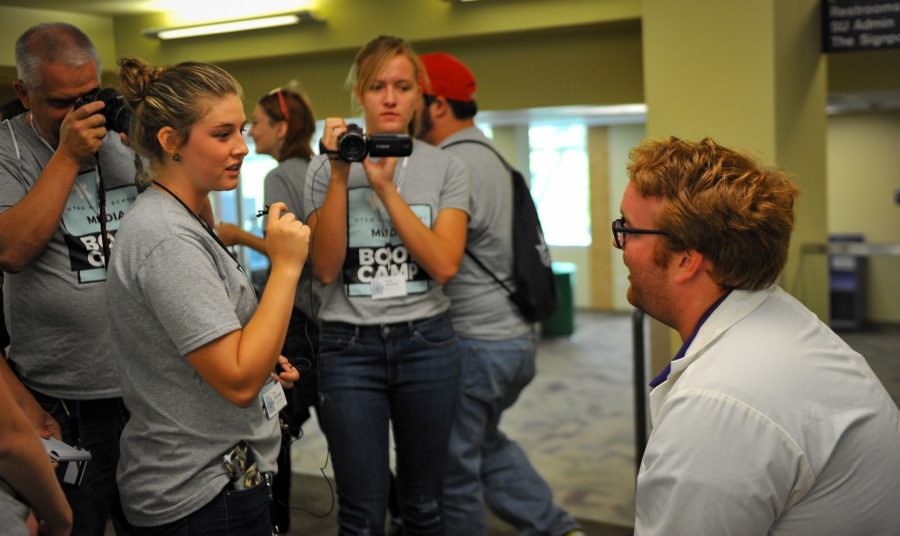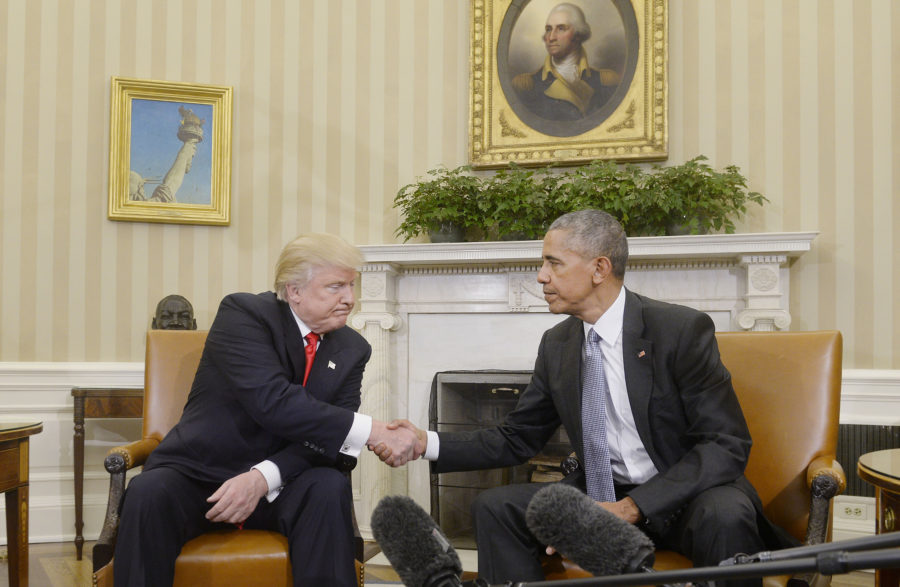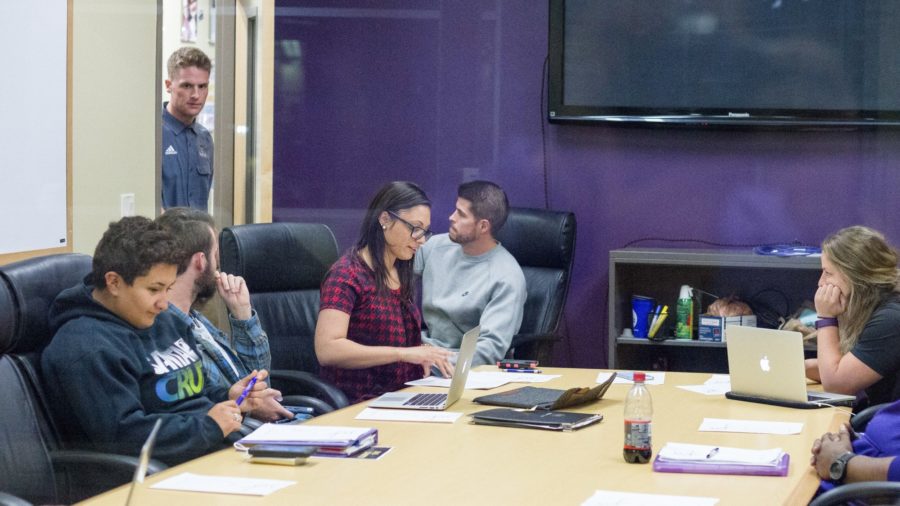In 1876, three days after getting the patent for his new invention, a man named Alexander Graham Bell called his friend, Thomas Watson, and said, “Mr. Watson — come here. I want to see you.”
Another event occurred exactly 40 years ago today (April 3, 1973), however, that may be a bit less historically notable, but when measured against Bell’s words, was just as impactful. Martin Cooper, an engineer at the Motorola Company, called his friend, Joel S. Engel, of Bell Labs.
Why was this remarkable, when telephones had been around for almost 100 years?
Because the phone he used was handheld.
Martin Cooper is considered the father of mobile phones, after he (and several other notable executives, like Motorola’s chief of portable communication products, John F. Mitchell) headed the work Motorola labs did in pioneering handheld communication devices. Those who saw the call being made most likely saw it as just the next generation of the radio. How could they really know what it would become?
Cooper called Engel in front of a room of reporters, using a phone that weighed 2.5 pounds and measured 9 inches long, 5 inches deep and 1.75 inches (which gives a whole new meaning to the phrase “your phone looks like a brick”). This prototype boasted a battery life of 30 minutes, and only required 10 hours to fully recharge.
Mobile phones took a while to gain a firm grip on Americans. The first analog cell system commonly enacted in North America was the Advanced Mobile Phone System, introduced in 1978. It was a pioneering technology, but heavily flawed — the calls were susceptible to eavesdropping through phone scanners and required significant amounts of wireless spectrum to sustain a call.
Then, our country moved from 1G (the AMPS), through 2G (what you might have seen in “Clueless” — smaller phones with hipper shapes and more marketability), to 3G (the spread of mobile broadband data), and finally to today’s 4G smartphones and data-optimizing improvements.
It’s remarkable, too, how much we demand of our phones. Cooper made a 30-minute call on a dying battery using a phone that weighed as much as a cantaloupe, and our generation can’t handle a slight bulge in our pockets messing up our pant lines.
Louis C.K., the genius (if crass) comedian, once explained this generation’s attitude toward improving phone technology on Conan O’Brien’s late-night show: “(People) got their phone, and they’re like, ‘Eaagh, it won’t go.’ Give it a second! Give it . . . it’s going to space. Would you give it a second to get back from space? It’s the speed of light . . .”
So, the next time you’re frustrated that the nth iteration of Angry Birds isn’t downloading quickly enough to your sleek, stylized phone — a phone, by the way, that can access a map of every street in the world, do all your banking for you and give you instant access to your congressman — remember Mr. Cooper making the first handheld phone call 40 years ago, and count your lucky stars that your phone only gets a little bit snagged up going to space and back.






